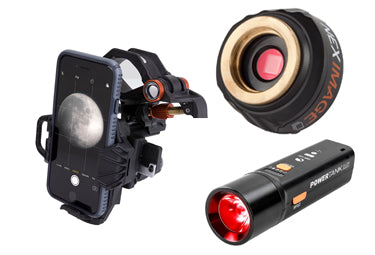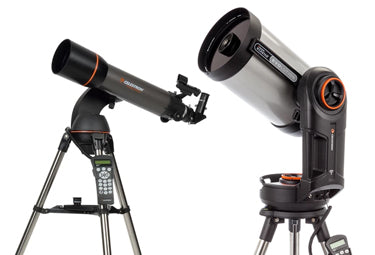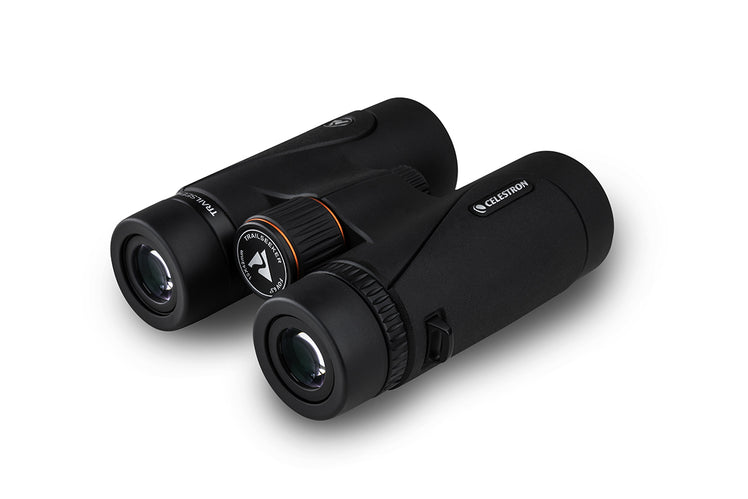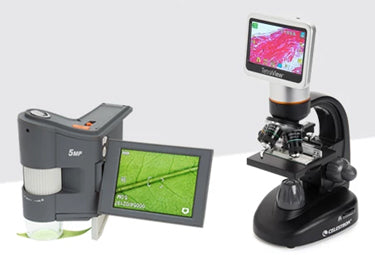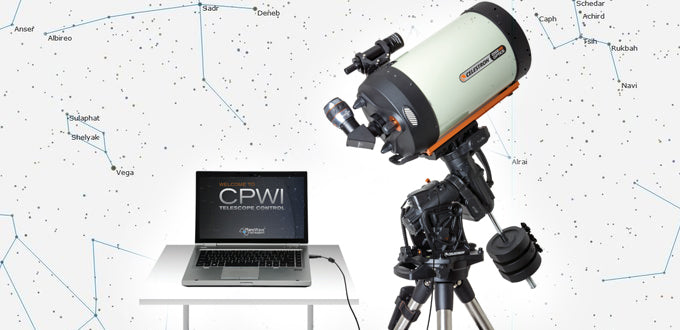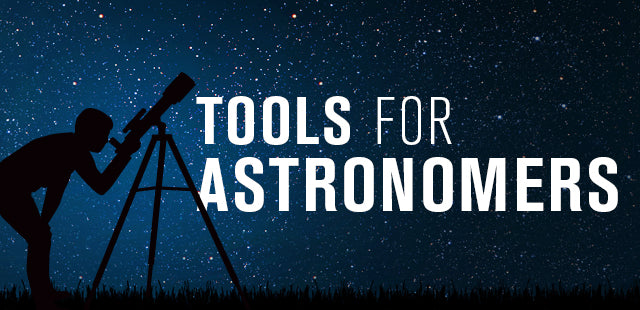The Ultimate Guide to Observing Mercury
July 22, 2020

Fast and fleeting Mercury—the closest planet to the Sun—races through the sky like the winged messenger of the gods for which it is named. Despite being one of the least observed worlds in our Solar System, Mercury has fascinated skywatchers for centuries with its rapid orbital motion and mysterious surface.
Because it never strays far from the Sun, Mercury is often obscured in its intense glare, making it a challenging target best suited to more experienced observers. Elusive Mercury appears only briefly in the twilight sky and a short viewing window, just before sunrise or right after sunset, depending on its place in orbit.
This guide will help you observe Mercury safely and understand why it remains one of the most intriguing yet overlooked planetary targets for amateur astronomers.
Dates to Observe Mercury in 2025:
In 2025, the best times to observe Mercury in the evening and morning skies are during its greatest elongations, when it is farthest from the Sun in our sky:
Evening Observations:
- October 29 – Mercury is at its greatest eastern elongation of 23.9 degrees from the Sun and will be at its farthest apparent distance from the Sun. Look for the planet low above the southwestern horizon just after sunset. The best observing window will be from mid-October to early November.
Morning Observations:
- December 7 - Mercury is at its greatest western elongation of 20.7 degrees from the Sun and will be at its farthest apparent distance from the Sun. Look for the planet low on the southeastern horizon just before sunrise. The best observing window will last about three weeks, from late November to mid-December.
Conjunctions:
- October 21 – Mercury will be in conjunction with Mars (2°07' separation) at 06:26 UTC. The planets will be low on the southwestern horizon at dusk in the Libra constellation. Use binoculars or your naked eyes to observe the pair.
- November 12 – Mercury will be in conjunction with Mars (1°18' separation) at 18:41 UTC. The planets will be low on the horizon during morning twilight in the Scorpius constellation and may be difficult to see due to the Sun's glare.
Tip #1: ONLY attempt to view Mercury during a safe viewing opportunity
Because Mercury never strays too far from the Sun, it's often lost in its glare. Never attempt to locate and observe Mercury after sunrise or before sunset, or when it lines up with the Sun and Earth in an inferior or superior conjunction. This is extremely dangerous and not worth the risk of accidentally blinding yourself or causing permanent eye damage. Only during a favorable separation from the Sun is it safe to observe Mercury in a deep twilight sky when the Sun is below the horizon.

Tip #2: Use an astronomy app or star chart
Star charts in astronomy-related magazines, books, or websites are visual guides to help you plan your quest to spot Mercury. Today's most modern and informative tools can be found in astronomy apps such as Celestron's SkyPortal Powered by SkySafari™ mobile app (included with any Celestron telescope purchase). If you own a Celestron telescope, you can download this free planetarium app from the Apple App Store or Google Play. You'll instantly have a wealth of information at your fingertips. SkyPortal provides audio and written descriptions about Mercury, its celestial coordinates, a real-time sky map, rise and set times, and physical and orbital parameters.

Tip #3: The best equipment for viewing Mercury
While spotting Mercury with your naked eyes is rewarding, a pair of low-powered binoculars can help you locate it as soon as the Sun dips safely below the horizon or before it rises. Mercury will be low in the sky, in a part of the atmosphere that is thicker and more susceptible to atmospheric turbulence. Mercury will look like a shimmering or twinkling "star" as it shines through the unstable air.
If possible, use a telescope of at least 2.5" to 4" of aperture, especially one with GoTo and tracking, which will keep Mercury centered for a more stabilized view.
 |
 |
Tip #4: What to look for while observing Mercury
Because Mercury is an inferior planet whose orbit is closer to the Sun than the Earth's, it displays its phases—viewable only through a telescope—like a smaller version of our Moon. If conditions are ideal, you can view Mercury's phases in a small telescope with moderate magnification.
Mercury has a reputation for being a challenging telescope target, so it may take a few tries before you can observe it. But your patience will pay off; it is the only terrestrial planet other than Mars that reveals some detail on its surface through larger aperture telescopes. However, do not expect to resolve craters because Mercury is too small.
We hope this brief Mercury viewing guide will help you with your mission to find and observe this elusive little planet in our Solar System. The key is knowing when and where to look. Stay curious, keep exploring, and never stop looking up.
Clear skies!
Other articles you might be interested in: Ultimate Guide to Observing the Universe

